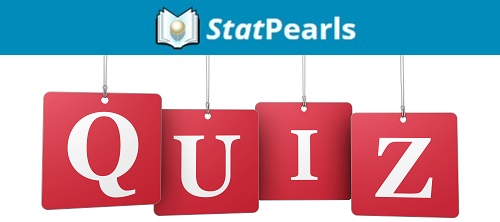
StatPearls Question of the Week – #10
There is some experimental work using chimeric antigen receptor engineered T cells (CAR-T cells) for therapy to target cancer stem cells. What CD receptor is being considered an attractive therapeutic …
StatPearls Question of the Week – #10 Read More